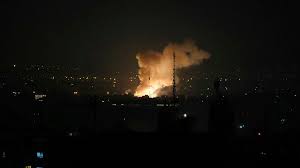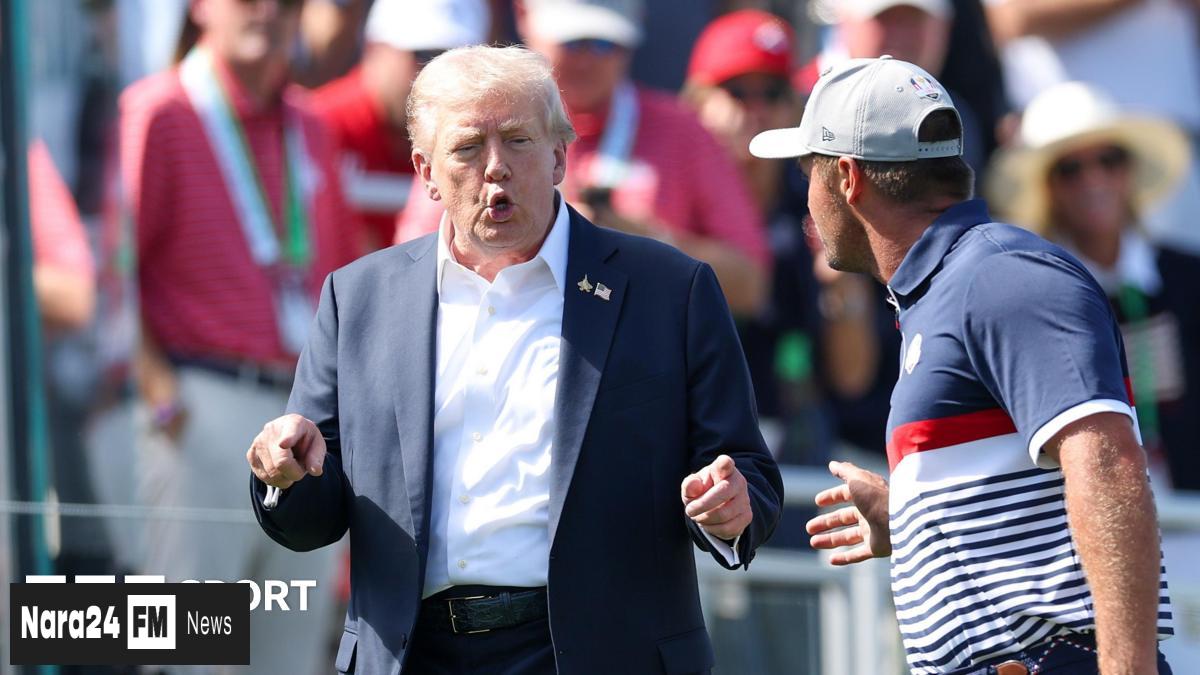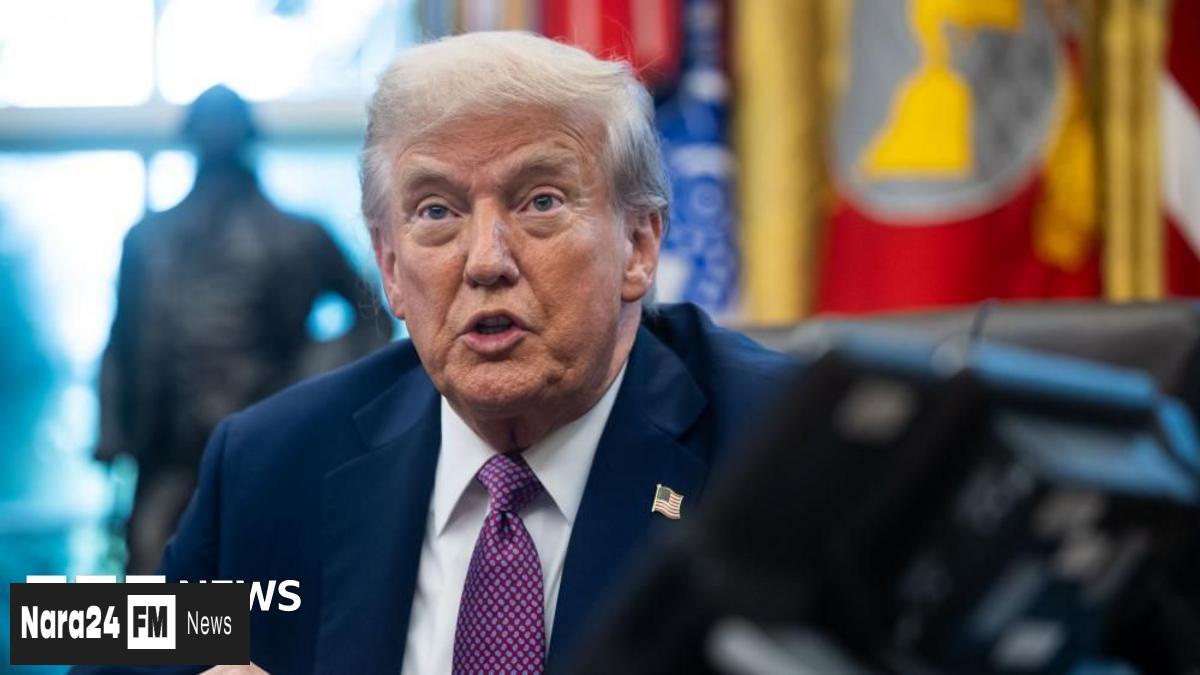US President Donald Trump unexpectedly curtailed his participation in the G7 summit in Canada, attributing his early departure to escalating hostilities in the Middle East. White House Press Secretary Sarah Sanders confirmed the President's abrupt exit was directly linked to regional tensions, while Trump himself cryptically referenced returning to Washington for "big stuff." His departure followed a social media post urging Iranian citizens to immediately evacuate Tehran, igniting speculation about potential US military involvement.
Senior officials from both the Pentagon and White House swiftly dismissed rumors that American forces might join Israeli strikes against Iran. The President's evacuation advisory had fueled widespread conjecture about imminent military action, though defense authorities emphasized no such operations were planned. As Trump departed, he joined fellow G7 leaders in issuing a carefully negotiated statement addressing the crisis.
The joint communiqué affirmed Israel's right to self-defense while branding Iran a "source of terror" that must be prevented from obtaining nuclear weapons. Notably absent was any call for an immediate ceasefire. Instead, the document advocated for diplomatic resolution of the Iranian crisis to facilitate broader de-escalation across the region—a compromise that maintained alliance cohesion but diluted the statement's potency. The declaration reflects ongoing divisions within the group regarding appropriate responses to Middle Eastern conflicts.








Comments (0)
Leave a Comment
Be the first to comment on this article!